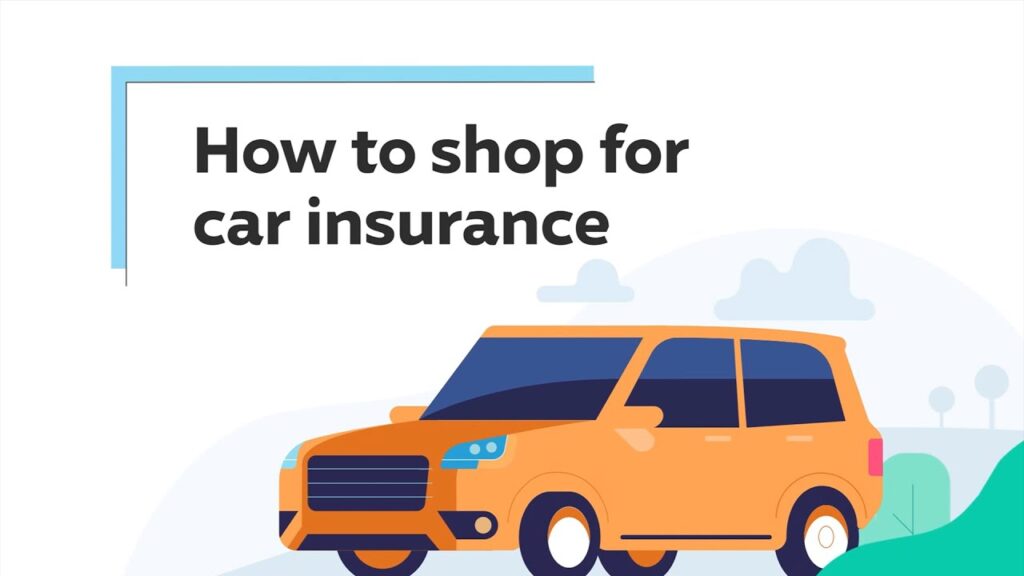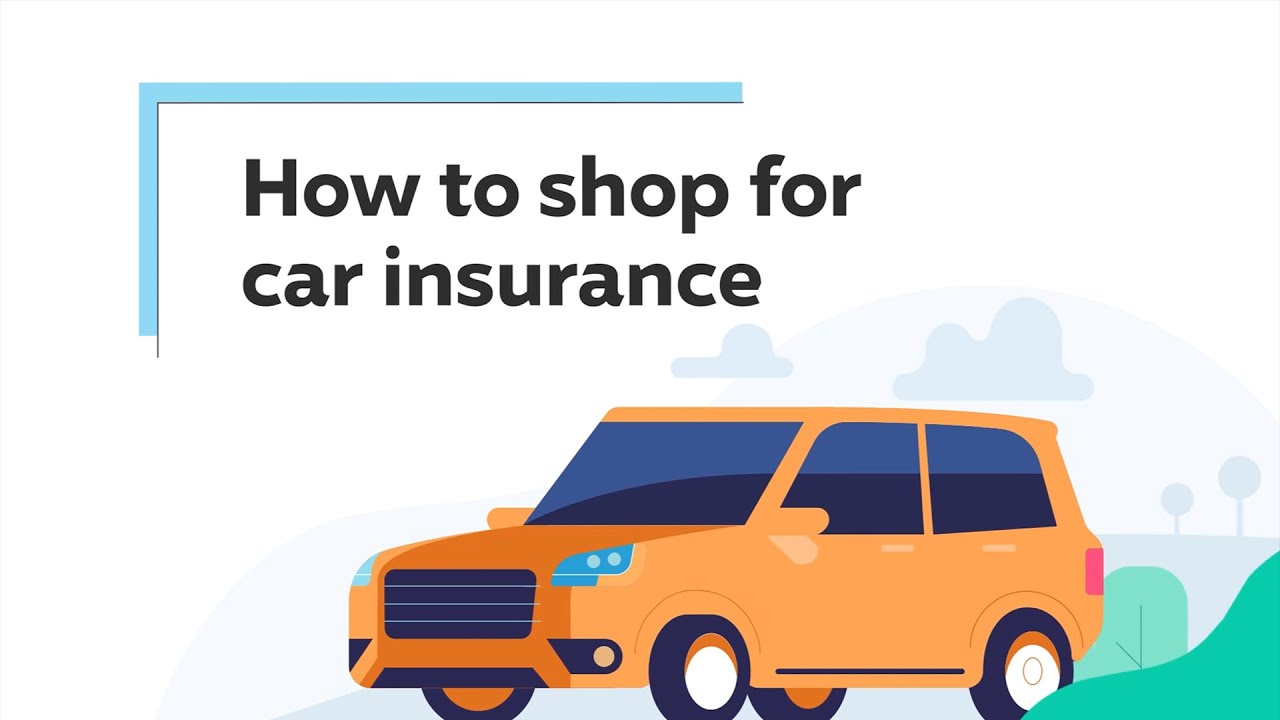Introduction Compare Auto Insurance
When it comes to auto insurance, one size definitely does not fit all. Whether you’re a new driver or a seasoned road warrior, understanding the different types of auto insurance and knowing how to compare them is crucial. In this guide, we’ll take you through the ins and outs of comparing auto insurance policies so you can make an informed decision that suits your needs and budget.
Understanding Auto Insurance
Types of Auto Insurance Coverage
Auto insurance isn’t just about covering your car—it’s about protecting yourself, your passengers, and even other drivers on the road. Here’s a breakdown of the key types of coverage:
Liability Coverage
Liability coverage is the backbone of most auto insurance policies. It covers the costs if you’re responsible for an accident, including damages to the other driver’s car and medical expenses. Most states require drivers to have a minimum amount of liability coverage.
Collision Coverage
Collision coverage helps pay for repairs to your car if you’re involved in an accident, regardless of who’s at fault. This is particularly important if your car is newer or more expensive.
Comprehensive Coverage
Comprehensive coverage is for the unexpected—like theft, vandalism, or natural disasters. If a tree falls on your car or your vehicle is stolen, comprehensive coverage helps cover the costs.
Personal Injury Protection (PIP)
PIP, or no-fault insurance, covers medical expenses for you and your passengers, regardless of who caused the accident. Some states require PIP as part of your auto insurance policy.
Uninsured/Underinsured Motorist Coverage
This coverage protects you if you’re in an accident with a driver who doesn’t have insurance or doesn’t have enough to cover the damages. It’s a safety net that ensures you’re not left paying out of pocket.

Factors to Consider When Comparing Auto Insurance
Comparing auto insurance policies goes beyond just looking at the price. Here are the key factors you should consider:
Premium Costs
Your premium is the amount you pay for your insurance policy, usually monthly or annually. It’s important to compare premiums across different insurers, but remember—cheaper isn’t always better.
Deductibles
The deductible is the amount you’ll pay out of pocket before your insurance kicks in. A lower deductible means higher premiums, and vice versa. Consider what you can afford to pay in the event of an accident when choosing your deductible.
Coverage Limits
Coverage limits are the maximum amount your insurance will pay for a covered claim. Make sure the limits are high enough to protect your assets, especially if you’re involved in a serious accident.
Customer Service and Claims Process
When comparing insurers, don’t overlook customer service. A company with a smooth, efficient claims process can make a huge difference if you ever need to file a claim. Look for reviews and ratings from other customers.
Discounts and Benefits
Many insurers offer discounts for things like safe driving, bundling policies, or even having certain safety features in your car. These discounts can significantly lower your premium, so be sure to ask about them.
The Importance of Shopping Around
How to Get Quotes from Multiple Insurers
One of the best ways to ensure you’re getting a good deal is to get quotes from multiple insurers. You can do this by visiting insurance company websites, calling their customer service lines, or working with an independent insurance agent.
Using Online Comparison Tools
Online comparison tools make it easy to compare policies from different insurers side by side. These tools often allow you to customize your coverage options and see how changes impact your premium.

Speaking with an Insurance Agent
If you prefer a more personalized approach, speaking with an insurance agent can be beneficial. They can provide expert advice, help you understand complex policies, and even find discounts you might not know about.
Understanding the Fine Print
Exclusions and Limitations
Every insurance policy has exclusions—things it won’t cover. Read the fine print to understand these limitations so you’re not caught off guard if you need to file a claim.
Policy Renewal Terms
Policies usually renew automatically, but it’s important to review your policy each year. Insurance needs can change, and you may be able to negotiate better terms or find a better deal elsewhere.
Penalties and Fees
Be aware of any penalties or fees associated with canceling your policy early or making changes to your coverage. These can add up quickly, so it’s important to know what you’re agreeing to.
Tips for Getting the Best Auto Insurance Rates
Bundle Your Policies
Many insurers offer discounts if you bundle multiple policies, such as home and auto insurance. This can lead to significant savings over time.
Maintain a Good Driving Record
Your driving record plays a big role in determining your premium. Safe drivers often receive lower rates, so it pays to avoid accidents and traffic violations.

Take Advantage of Discounts
Beyond bundling, there are many other discounts available, such as for being a good student, having safety features in your car, or paying your premium in full upfront.
Common Mistakes to Avoid When Comparing Auto Insurance
Focusing Only on Price
It’s tempting to choose the cheapest policy, but that could leave you underinsured. Consider the value you’re getting, not just the price.
Not Understanding Coverage Needs
Make sure you understand what coverage you actually need. Over-insuring can be as costly as under-insuring, so tailor your policy to your specific situation.

Ignoring Customer Reviews
Customer reviews can provide valuable insight into an insurer’s service quality and claims process. Don’t ignore them when comparing policies.
The Role of State Regulations
Minimum Coverage Requirements
Each state has minimum auto insurance requirements. Make sure your policy meets these requirements, but don’t stop there—additional coverage is often worth the investment.
How State Laws Impact Premiums
State laws also impact how much you’ll pay for insurance. Factors like no-fault insurance laws or mandatory PIP can significantly affect your premium.
Conclusion
Comparing auto insurance policies is a crucial step in finding the right coverage for your needs. By understanding the different types of coverage, considering various factors, and shopping around, you can find a policy that offers both protection and value. Remember, the cheapest option isn’t always the best—focus on getting the right coverage at a price you can afford.
FAQs
What factors affect my auto insurance premium?
Your premium is influenced by factors like your driving record, age, location, vehicle type, and the amount of coverage you choose.
Is it worth getting comprehensive coverage?
If you have a newer or valuable car, comprehensive coverage is often worth the investment as it protects against a wide range of potential damages.
How often should I compare auto insurance rates?
It’s a good idea to compare rates at least once a year, or whenever there’s a major change in your life, such as buying a new car or moving to a new state.
Can I switch my auto insurance policy at any time?
Yes, you can switch policies at any time, though it’s important to consider any cancellation fees and ensure there’s no lapse in coverage.
What should I do if I’m not satisfied with my current insurance?
If you’re not happy with your current insurer, start by comparing other options. You can switch to a new provider, often without any interruption in coverage.
